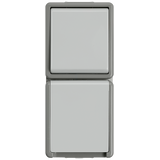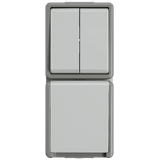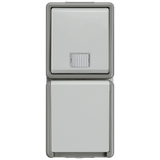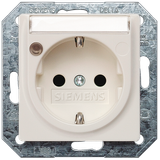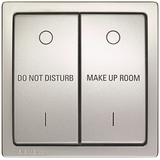Siemens Sockets
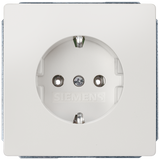
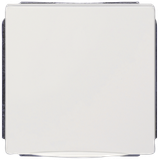


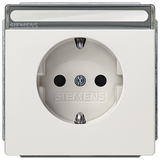

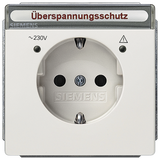
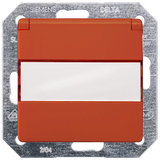

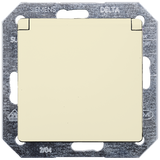
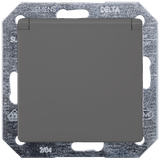

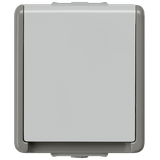
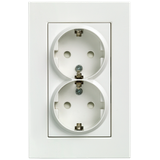

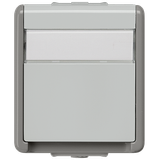

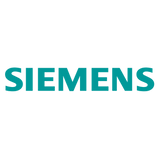
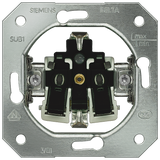
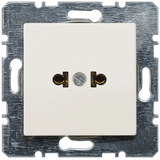
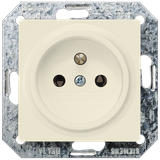

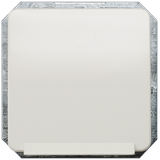
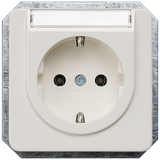

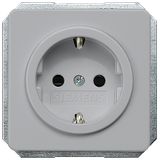
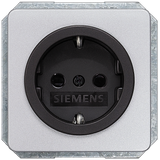



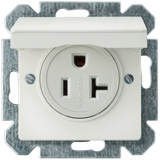


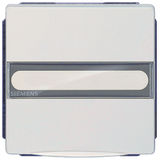
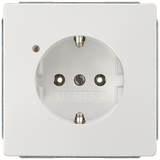
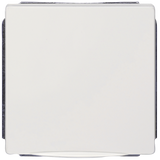

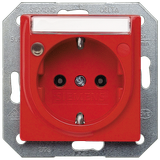
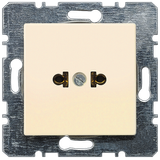

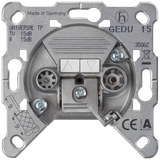
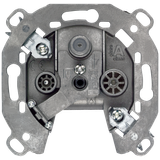
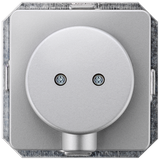

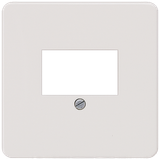


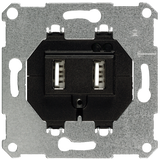
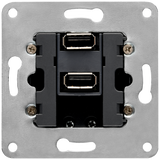
siemens sockets for durable, code-compliant fit-outs
Wall hardware that survives daily use, lands quickly on site, and keeps faceplates aligned even when plaster isn’t perfect. Siemens outlet modules share a common grid with the brand’s switch ranges, so you can mix power, data, and charging in one frame without inventing adapters. Typical ratings are 16 A, 250 V AC; terminals accept 1.5…2.5 mm² copper with clamp or screw cages, and the plastics used for visible parts meet 650–850 °C glow-wire depending on finish. Default ingress is IP20; gasketed kits reach IP44/IP55 for corridors, utility rooms, and sheltered terraces. Where projects demand low smoke, LSZH variants are available.
siemens wall outlets formats and use cases
Apartments and hotels lean on compact single and double outlets with locator LEDs at headboards; offices prefer angled faces in furniture and benches to clear plugs under overhangs; classrooms and labs specify reinforced plates and tamper-resistant shutters; retail back-of-house needs IP44 frames and screw-covered bezels. Public corridors often standardize one finish across power and data so fronts read as a single system. On refurbishment jobs, short-body inserts solve 35 mm boxes; deeper frames suit 47 mm recesses with loop-in wiring.
Other Siemens products
Technical specifications and standards
Electrical: 16 A, 250 V AC (per device marking). Contact assemblies are nickel-plated for corrosion resistance; clamps or screws handle 1.5…2.5 mm² conductors, twin entry where ring circuits are permitted. Thermal: −5…+40 °C operation, storage to −25…+70 °C. Plastics: UV-stabilized ABS/thermoset, solvent lists published per finish. Ingress: IP20 (standard), IP44/IP55 with sealed collars and matching frames.
Compliance: IEC/EN 60884-1 for socket-outlets, EN 60529 for IP, and the EN 61000 family for EMC on USB/charging modules; materials RoHS. For building routes governed by CPR, select LSZH trunking and note the outlet’s flame class in the drawings.
siemens schuko sockets geometry and protection
Type F (Schuko) modules arrive with child-resistant shutters and robust earth clips. Hybrid E/F versions are available where French pins appear in the portfolio. Face geometry keeps plug insertion force consistent after thousands of operations; angled variants help in shallow furniture. Optional surge-suppressed modules protect sensitive loads on long runs; ask for impulse parameters (Up, In) when the risk assessment calls for it. For cleaning-intensive spaces, choose micro-texture plates—swirl marks from solvents don’t show as easily.
Wiring, looping, and enclosure notes
Loop-in at the outlet is practical if box volume is honest. Expect clear L/N/PE legends, ≥12 mm of free depth behind terminals, and captive screws that don’t drop into cavities. On multi-gang frames, group heat-generating devices (USB chargers) away from dimmer inserts or leave a spacer gang; face temperatures stay comfortable and module life improves. In semi-exterior corridors, use stainless fixings and confirm gasket compression after paint. For furniture and glass panels, adhesive carriers with mechanical retainers prevent peel under thermal cycling.
USB charging and add-on modules
USB-A/C chargers integrate into the same aperture and typically deliver 18–30 W combined, with PD up to 20–30 W on the C port (project dependent). Ripple and EMC meet the usual EN limits; note derating with elevated ambient inside tight enclosures. For PoE-powered desks and monitors, publish the current budget and decide early whether USB chargers live on the lighting or small power board to avoid nuisance trips during startup.
Integration with frames and control
Outlets share the frame system used by Siemens switches and scene controls: 1–4 gang, horizontal or vertical. Label windows and engraving follow the same font grid used in panels and HMIs—maintenance appreciates one legend scheme. Divider trunking keeps SELV (1–10 V/DALI, data) away from mains behind the plate; compression glands must match jacket OD to preserve IP. Where contactless housekeeping matters, specify locator LED voltage and color once per floor so spares don’t drift.
Selection criteria for B2B teams
Start with environment (IP, solvents, IK), then box reality and conductor count. Confirm ring vs radial wiring, twin-terminal capacity, and heat around USB modules. Choose finish by traffic: thermoset for thermal headroom, reinforced ABS or metal fronts where impact matters. If furniture carries outlets, pick angled faces and low-projection frames. Standardize two finishes campus-wide and one IP kit for wet-adjacent rooms to keep van stock lean. Where a spec lists desk and floor points together, keep a single bezel language so siemens electrical outlets and data plates don’t clash in photos.
Procurement and kitting practice
Bundle per room: frame, insert(s), spacer/shim, gasket, screws, and label window. Pre-bag headboard kits with locator LEDs and USB; desk kits with angled faces and data apertures. Document torque values for terminal screws or specify push-in clamps to avoid strand damage. On multi-phase programs, lock part numbers by finish and aperture count; small substitutions create visible mis-matches six months later.
Cross-references and compatibility
Where switch loops feed directly to luminaires, coordinate dimmer space and outlet clustering; thermal spacing matters in multi-gang plates. For bench runs that combine power and charging, confirm circuit RCD type and upstream breaker characteristics against expected inrush from chargers and IT bricks. If the schedule mentions shopfront canopies or kiosks, use IP kits and tamper-proof caps. Projects that call the same outlet family across apartments and public areas keep spares simple and reduce call-outs.
